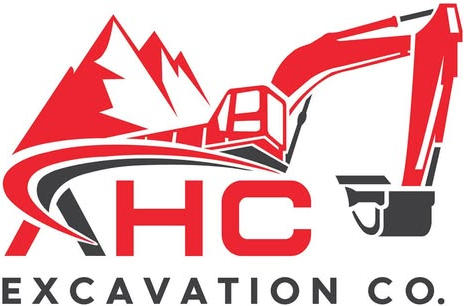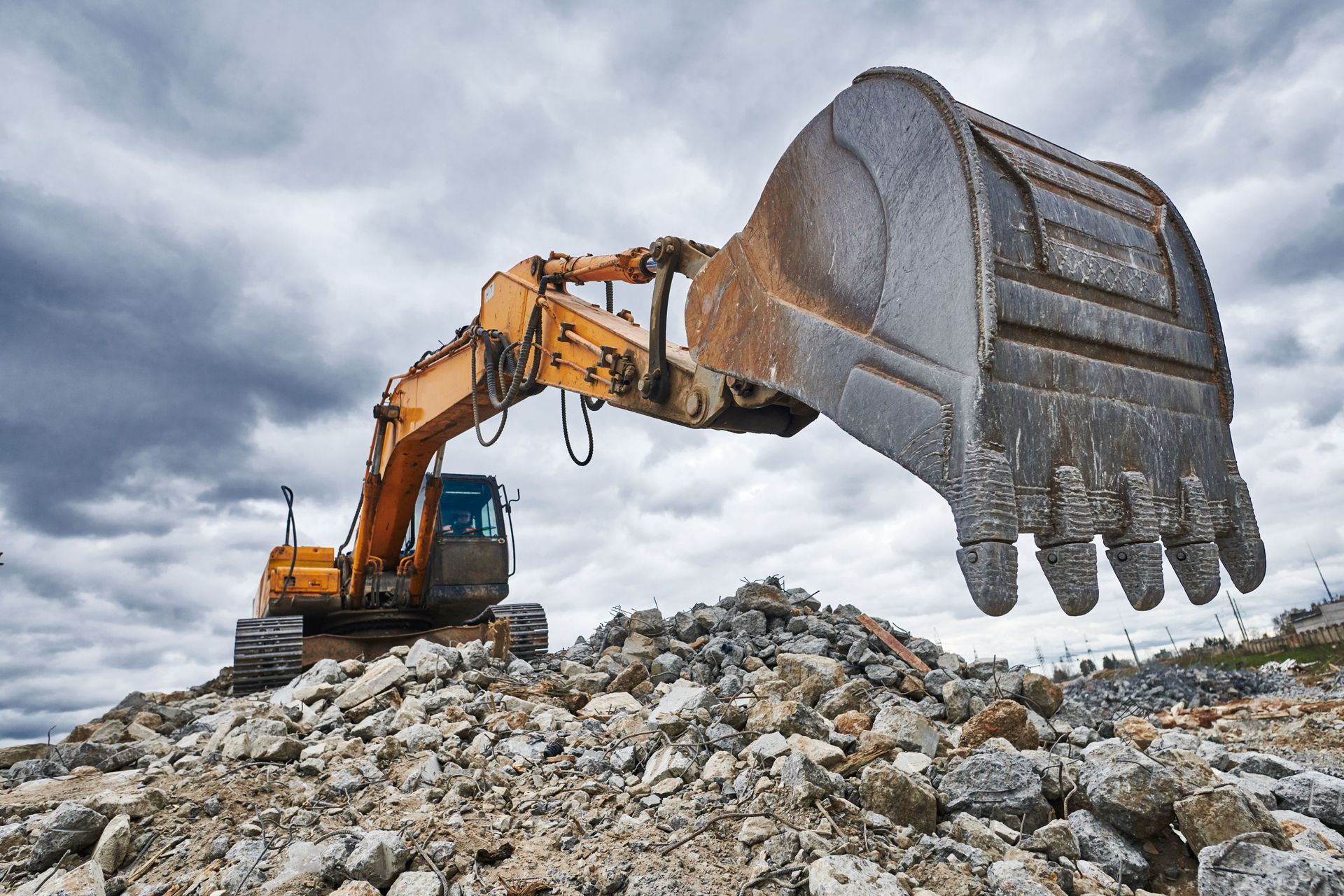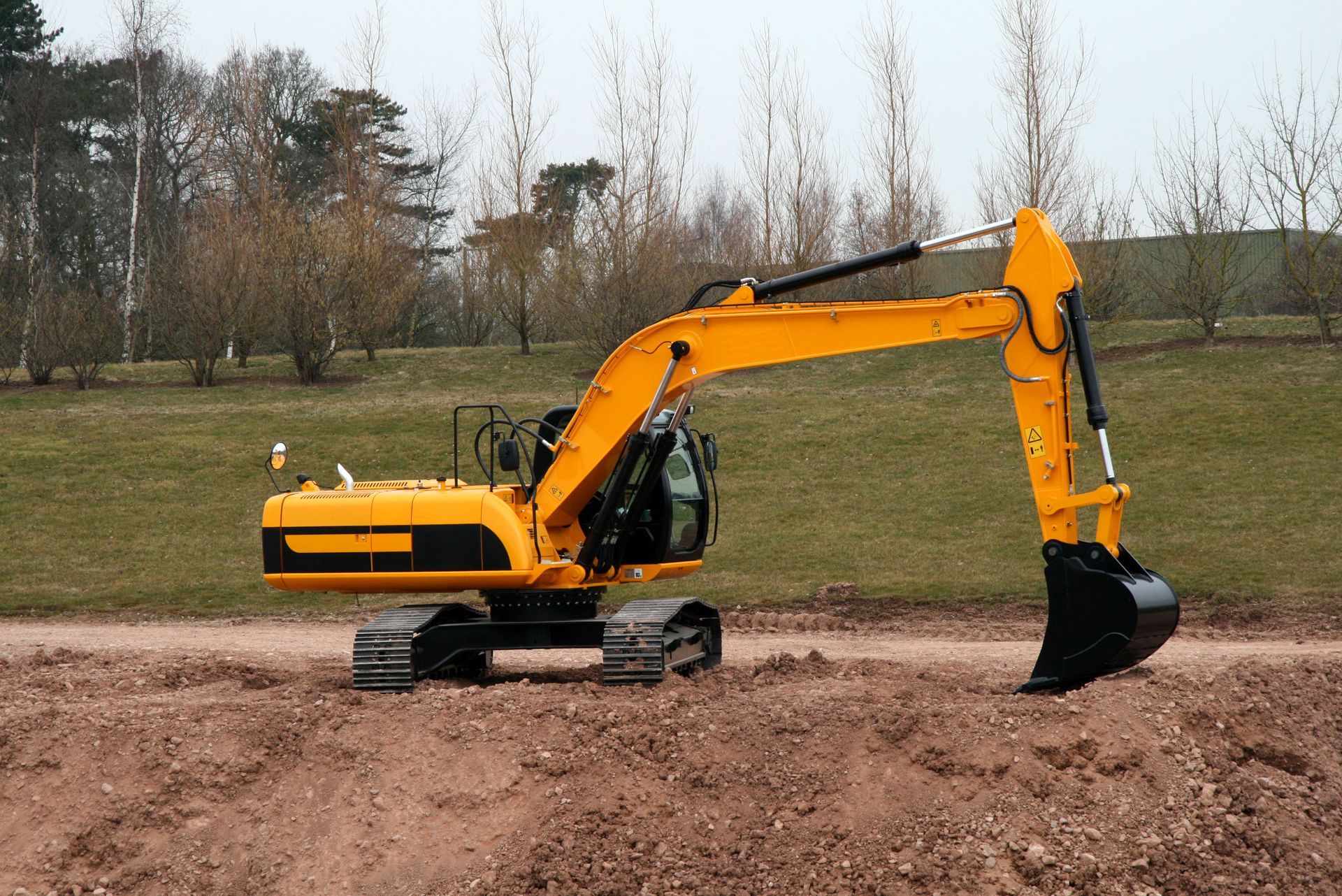6 FAQs About Excavation Services
Whether you're a homeowner planning a renovation, a contractor managing a construction project, or someone interested in understanding more about the excavation process, this comprehensive guide will cover everything you need to know.
1. What Are Excavation Services?
Excavation services encompass the processes involved in moving earth with purpose or necessity. This includes the removal of soil, rock, or other materials necessary to lay groundwork for construction projects. Excavation serves as a foundational course of action in various sectors such as construction, mining, and environmental restoration. Within the realm of construction, it influences framework settings, laying pipe networks, and creating landscapes. Thus, excavation is a cornerstone in both small and large-scale developmental projects.
There are multiple types of excavation, each shaped by its functional requirements and material type. Earth excavation focuses on removing soil to create foundations for buildings, roads, and other developments. Rock excavation, on the other hand, involves more complex equipment to displace or move rocky substrates. Similarly, muck excavation deals with soil containing excessive water and requires special handling to avoid waterlogging. In underground operations, trench and basement excavations prevail, each serving specific construction objectives.
The history of excavation dates back to ancient civilizations, where manual digging facilitated early infrastructure. The Great Pyramid's construction drew heavily upon manual excavation techniques to move massive stone blocks. As technology evolved, so did excavation methods, transitioning from hand tools to sophisticated machinery. This evolution represents humanity's growth in harnessing resources for structural development, ultimately enhancing urban landscapes. Excavation is integral to advancing societies, adapting to technological revolutions.
2. How to Choose the Right Excavation Service?
Before selecting an excavation service, it is crucial to understand the specific requirements of your project. Determine the type of excavation needed, be it earth, rock, or trench, and the project's scale. Each type requires specialized skills and equipment, so clarity in project scope aids in selecting a service provider. Consider additional needs such as site accessibility, timeframe, and respective site conditions. A well-defined blueprint fundamentally informs the selection process.
A company's track record reflects its competency and reliability in executing successful excavation projects. Investigate how long the company has operated within the industry and its specialization areas. Experienced firms often boast a portfolio showcasing diverse project types, appealing to varied client demands. Longevity in business suggests stability and proficiency, mirroring market trust and client satisfaction. Research thoroughly to gauge their expertise and responsiveness to project complications.
Cost evaluation is essential for choosing an excavation service that aligns with your budget. Obtain multiple quotations to compare rates and services offered; remember that the cheapest quote is not always the best option. Delve into what each quote entails - from machinery rental to workforce charges - ensuring comprehensive evaluation. Consider long-term costs influenced by service quality, as poor workmanship might lead to future financial burdens. Balancing cost with service quality guarantees optimal results.
3. What is the Typical Process for Excavation?
The excavation process initiates with meticulous planning and assessment of the site. Site surveys are conducted to evaluate land slope, soil types, and geographical conditions instrumental for excavation strategies. Detailed blueprints guide excavation directionally, fostering precise and calculated digging. This phase necessitates open communication between clients and service providers to align project visions and constraints. A foundational understanding sets the stage for smooth, risk-minimized operations.
The succeeding step involves securing necessary permissions to ensure regulatory compliance. Excavation often moderates environmental, urban, and safety standards requiring assessments and approvals. Permits address potential hazards like traffic interruptions or waterway impacts, presenting accountability for service providers. Non-compliance bears stiff penalties, emphasizing due diligence in legal adherence. As regulatory oversight evolves, prioritizing permitting safeguards projects' legitimacy.
Before breaking ground, preparing the site and implementing safety measures are imperative. This includes installing physical barriers to protect bystanders and workers alike. Ensuring the site is free from existing utilities prevents service disruptions and hazards. Safety protocols safeguard employees, utilizing personal protective equipment and adhering to guidelines. Systematic risk assessments exemplify dedication to both human and project welfare.
4. What are the Common Challenges in Excavation?
Unexpected ground conditions often pose significant challenges during excavation projects. These may include buried utilities, various soil compositions, or rock formations impeding progress. Obstacles like subterranean water sources can drastically alter project dynamics, necessitating real-time adaptations. Anticipating such challenges requires skilled site surveys and flexible approaches. Deftly managing these conditions assures project continuity and minimizes delays.
Weather significantly influences excavation operations, affecting timelines, equipment, and safety. Harsh conditions, such as heavy rain or freezing temperatures, can slow progress or induce site hazards like landslides. Equipment failure becomes more likely in inclement weather, compounding potential delays and repairs. Comprehensive planning and adaptability prepare teams for adverse conditions. Effective project management accounts for unpredictable weather influences, safeguarding against spiraling costs.
Reliable equipment is crucial, as breakdowns disrupt project flow and escalate costs. Regular maintenance and rigorous inspections reduce the likelihood of equipment failures. However, unforeseen issues can still occur, prompting swift resolution methods like access to backup machinery. Companies equipped with contingency plans can deftly navigate these challenges, maintaining operational continuity. Future-oriented firms utilize technology for predictive maintenance, harnessing innovation for equipment reliability.
5. How Can Excavation Impact the Environment?
As excavation disturbs natural landscapes, environmental concerns necessitate proactive mitigation. Soil erosion, habitat disturbance, and waste disposal require thoughtful management to minimize ecological impacts. Companies invest in strategies like silt fences, vegetation preservation, and monitored waste management. Balancing progress with environmental stewardship is increasingly significant amidst regulatory scrutiny and societal expectations. These efforts build community trust and long-term sustainability within the industry.
Cost overruns challenge budgets, often resulting from unanticipated setbacks or resource mismanagement. Such overruns commonly occur due to delays, insufficient planning, or inefficient resource allocation. Stakeholders must meticulously evaluate initial cost projections to embed contingency planning. Responsive approaches allow effective budgeting despite evolving project dynamics. The excavation contractors market, valued at $80.6 billion in 2023 according to MarketResearch.com, reflects significant industry activity amid these challenges.
6. How Can Excavation Impact the Environment?
Excavation inherently disrupts soil structures, increasing susceptibility to erosion and sedimentation. Disrupted soil can lead to degradation, affecting agriculture and local ecosystems dependent on stable soil profiles. Engineers combat this through erosion control measures like re-vegetation or employing anti-erosion geo-textiles. These interventions aim to stabilize the soil, mitigate sediment flow into waterways, and protect aquatic environments. Effective erosion management underscores environmentally mindful excavation practices.
Wildlife faces displacement and habitat loss due to excavation activities. Construction disturbs soil fauna, disintegrates habitats, and can alter food availability for native species. Regulatory ecological assessments drive mitigation strategies, recommending conservation practices like wildlife corridors or protected zones. Community engagement further fosters conservation partnerships, promoting sustainable development alongside biodiversity protection. Excavation firms committing to environmental responsibility build holistically positive legacies.
Interference with water tables and drainage systems during excavation can result in hydrological imbalances. By changing natural water pathways, excavation can cause heightened flooding risks or compromise groundwater resources. Balancing these disruptions involves strategies like engineered drainage plans and water management techniques. Monitoring post-excavation sites continues responsible water stewardship, preventing unintended consequences. Planning and sustainable practices diminish risks associated with hydrological changes.
Excavation services are a critical component of many construction and renovation projects, requiring specialized knowledge and skills. By understanding the key aspects covered in this article, stakeholders can make informed decisions, ensure successful project outcomes, and minimize potential risks and environmental impacts. Staying informed about future trends will also allow individuals and companies to leverage new technologies and practices in the field. For more information about the services that we offer, reach out to our incredible team at AHC Excavation Co.





Share On: